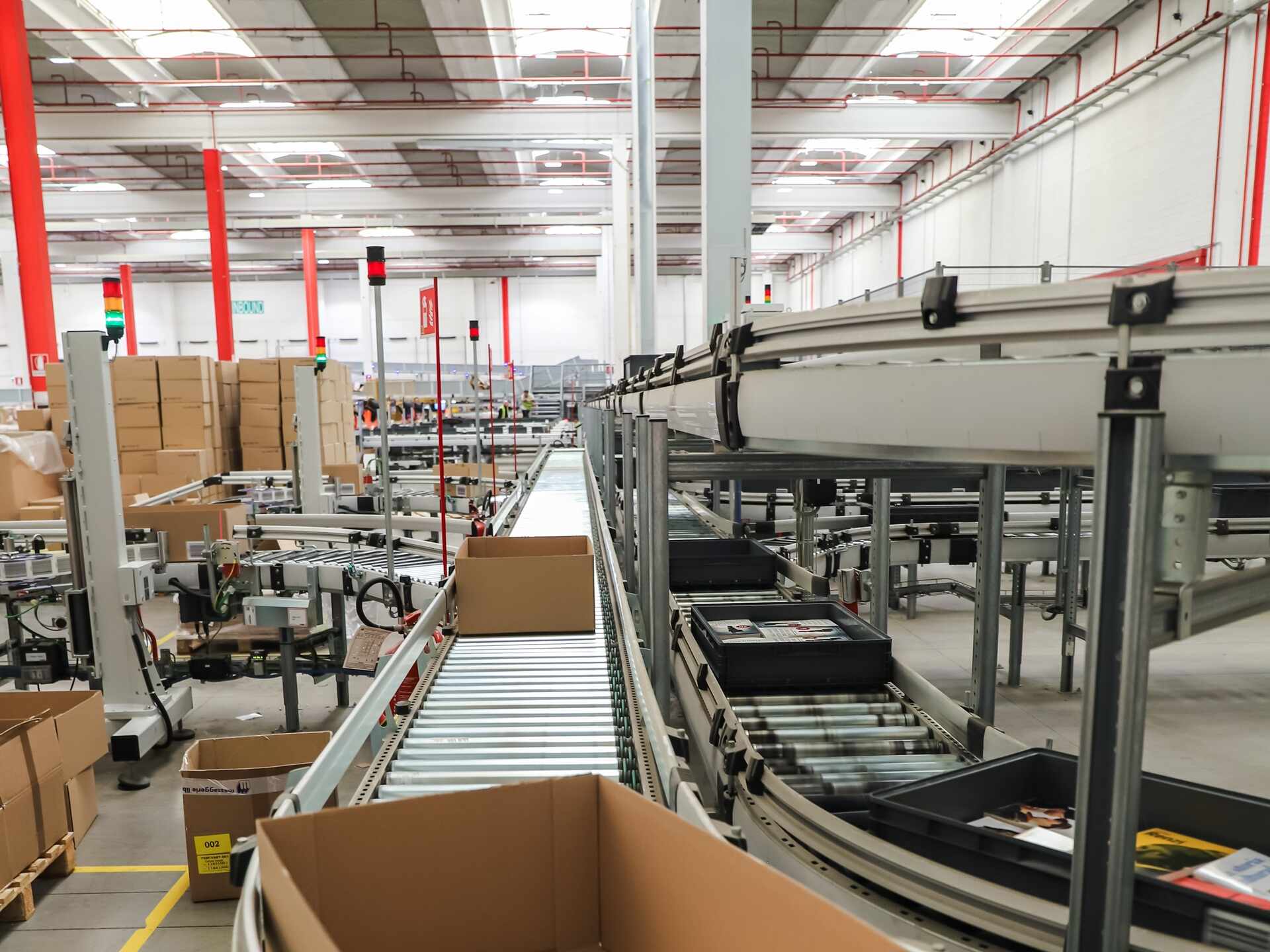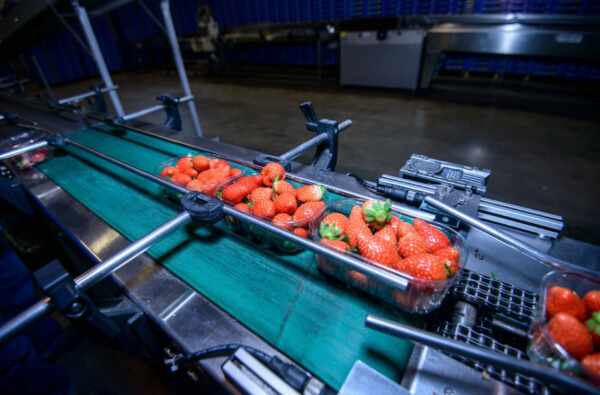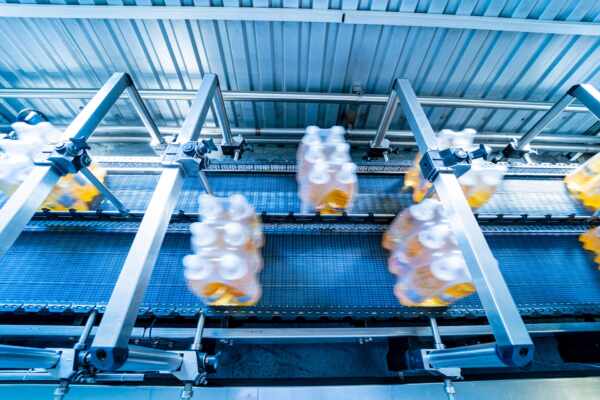In today’s fast-paced industrial environment, conveyor systems play a crucial role in streamlining material handling and boosting overall productivity. From distribution centres and food processing plants to manufacturing and assembly lines, these systems are indispensable in ensuring the smooth flow of goods, minimising manual handling, and enhancing the safety of your facility. With a myriad of conveyor systems available, each designed to cater to specific needs and applications, selecting the right one for your facility can be a complex task. But fret not – we’re here to guide you through the process, empowering you to make informed decisions that will optimise your operations and set your facility on the path to success.
In this comprehensive guide, we will explore the various types of conveyor systems, their unique features and benefits, and the key factors to consider when selecting the right conveyor for your facility. From roller and belt conveyors to modular and slat conveyors, we will provide a thorough overview of the options available, highlighting their suitability for different industries, applications, and space constraints. Furthermore, we will delve into some essential considerations for implementing your chosen conveyor system, such as cost, maintenance, and compatibility with your existing processes. By equipping yourself with this knowledge, you can confidently select the ideal conveyor system that meets your requirements and maximises your facility’s efficiency and safety.
Key Types of Conveyor Systems
1. Roller Conveyors
Roller conveyors are a common choice for facilities handling pallets, cartons, or other flat-bottomed items. These systems utilise a series of parallel, cylindrical rollers to move goods along a conveyor line. There are two main types of roller conveyors: gravity and powered. Gravity roller conveyors rely on the slope of the conveyor and the weight of the items, making them well-suited for less energy-intensive applications, whereas powered roller conveyors utilise motor-driven rollers to move goods efficiently over long distances. Both types allow for easy accumulation and sorting of products, making them suitable for warehousing, distribution centres, and manufacturing industries.
2. Belt Conveyors
Belt conveyors, as the name suggests, use continuous belts made of fabric, rubber, or plastic to transport items from one location to another. They are efficient at handling a diverse range of goods, including irregularly shaped items, fragile products, or those requiring a stable surface during transit. Belt conveyors are highly versatile and suitable for various industries, such as food processing, packaging, and pharmaceuticals. They can also be customised to include options like inclines or declines, curved sections, and different belt materials.
3. Modular Conveyors
Modular conveyors are designed for flexibility, featuring a series of interlocking modules that can be easily adjusted or reconfigured to adapt to the changing needs of a facility. They come in various configurations, including belt, chain, and roller styles, offering true versatility for different applications and industries. The modular design enables easy expansion or reconfiguration, making these systems a practical choice for businesses with evolving material handling requirements or space limitations.
4. Slat Conveyors
Slat conveyors use a series of interconnected slats attached to a continuous chain or belt to move products along the conveyor path. These systems are particularly adept at handling heavy, hot, or sharp items, making them suitable for metalworking, ceramics, and glass manufacturing industries. The robust nature of slat conveyors ensures durability and long-lasting performance, even in the most demanding working environments.
Considerations for Selecting the Right Conveyor System
1. Space Constraints
One crucial consideration when selecting a conveyor system is the available space in your facility. Assess your floor plan and determine if a straight, curved, inclined, or spiral conveyor would suit your space requirements. Modular conveyors are a great option for facilities with limited space or complex layouts, as they can be easily adjusted or reconfigured to meet your specific needs.
2. Product Handling Requirements
The types of items your facility handles, such as size, weight, shape, and fragility, should significantly influence your conveyor system choice. Ensure the system you select can handle your products without causing damage, and consider your operation’s required speed and efficiency. Customised product guides, buffers, or transfer systems may be necessary to optimise product handling.
3. Integration with Existing Processes
Consider how your new conveyor system will integrate with your facility’s existing processes, machinery, and workflows. Some conveyor systems may require customisation or additional components to fit seamlessly into your current operations, so it is essential to plan ahead and consult with experts to ensure a smooth implementation.
4. Budget and Maintenance
Lastly, consider your budget and weigh the initial cost against your chosen conveyor system’s long-term benefits and maintenance requirements. Opt for a high-quality system that aligns with your budget and provides low maintenance costs while ensuring increased productivity and safety in your facility.
Partner with Change Parts Pty Ltd for Success
Choosing the right conveyor system for your facility ensures optimal efficiency and productivity. By exploring the various types of conveyor systems and considering crucial factors such as space constraints, product handling, integration, and budget.
Experience the difference between working with a trusted partner who understands your unique requirements and delivers customised conveyor solutions to elevate your operations. Partner with the experts at Change Parts Pty Ltd to improve your facility’s efficiency and safety.




